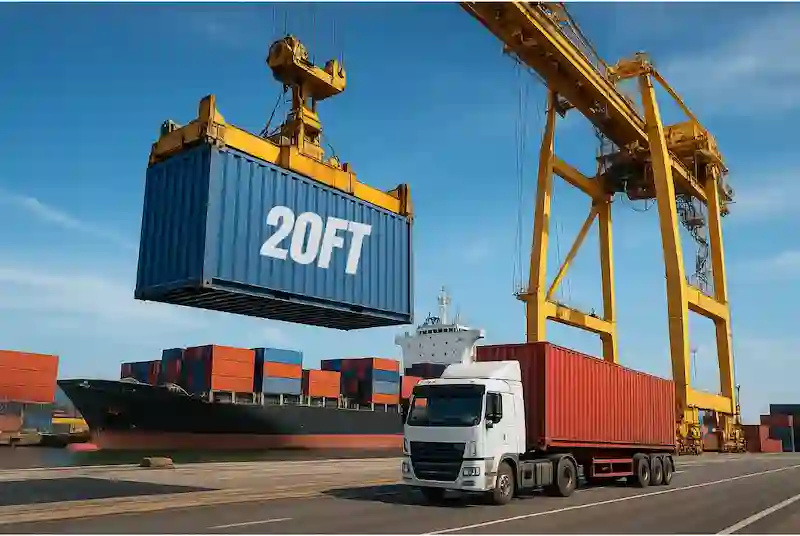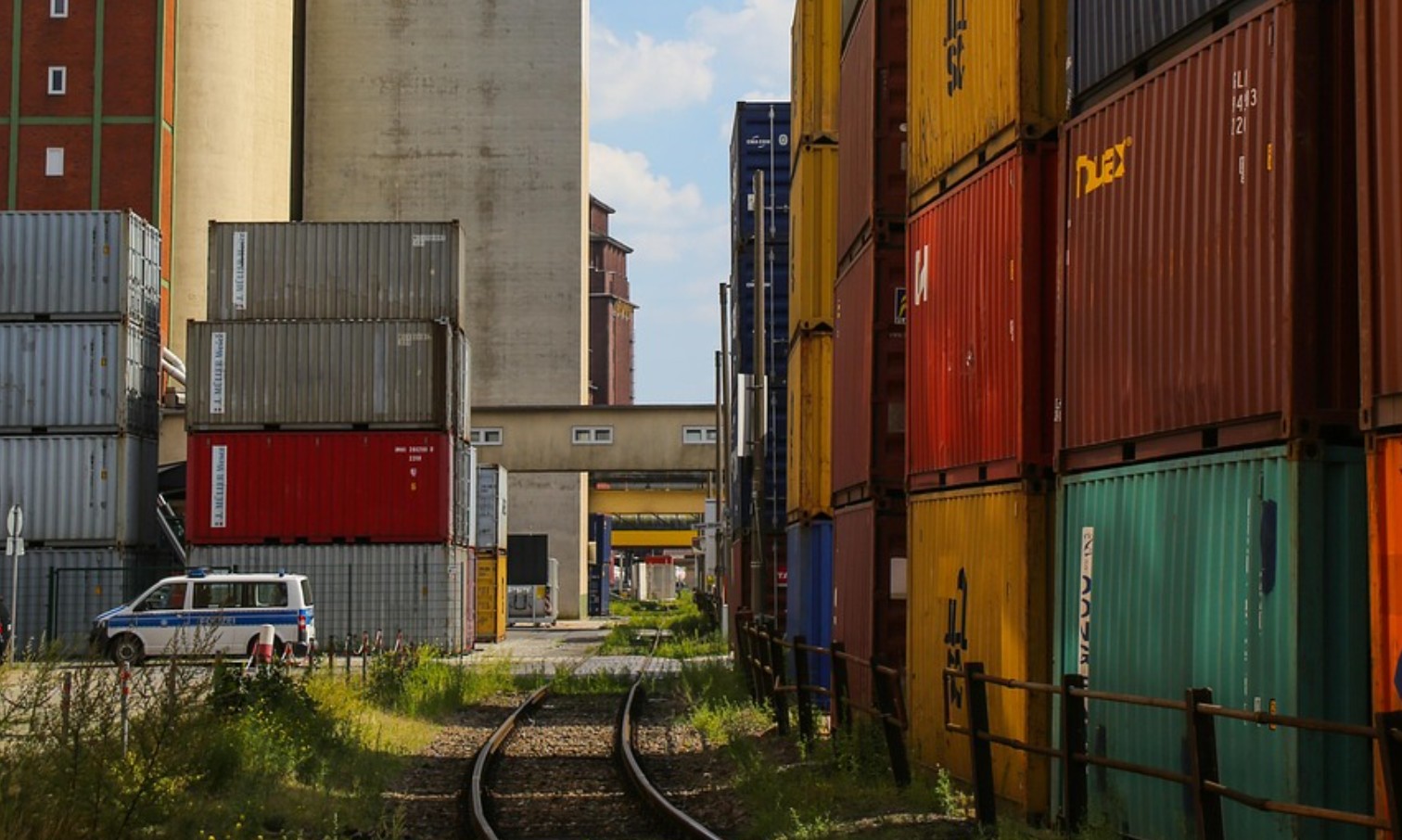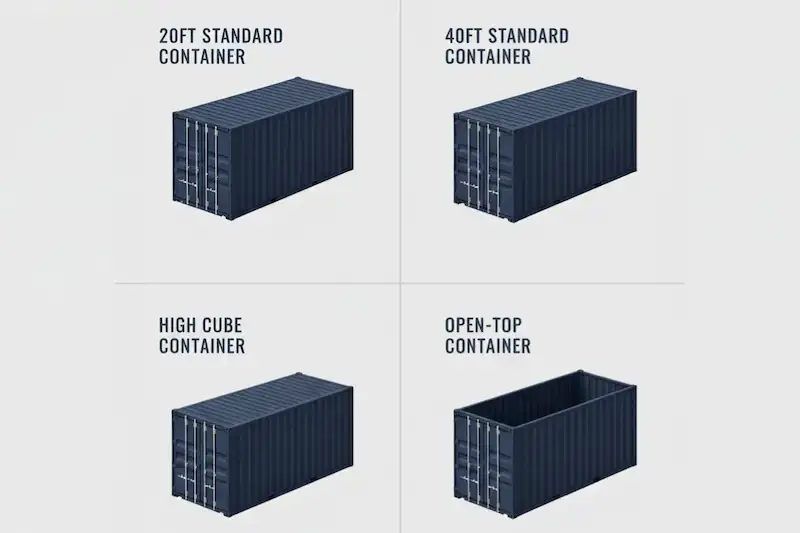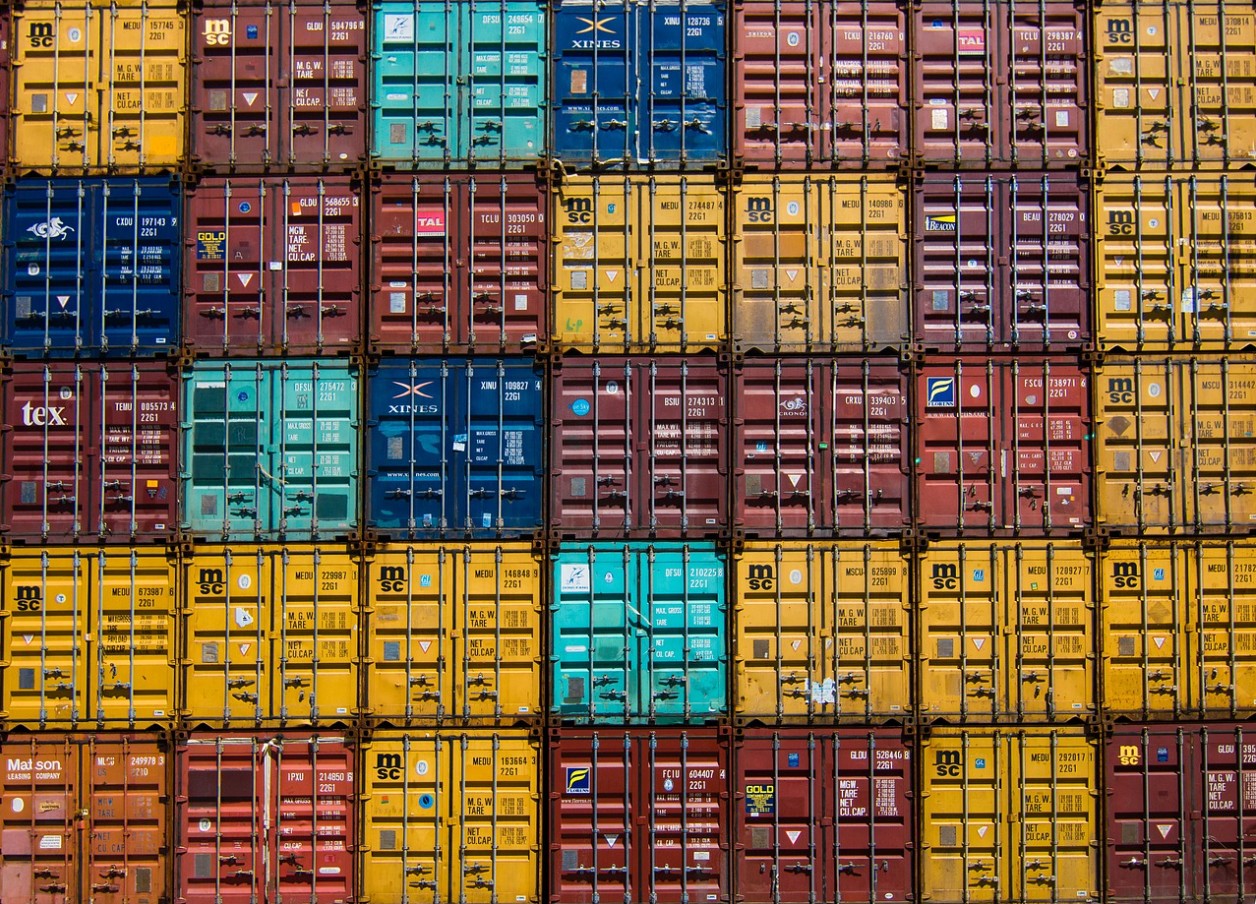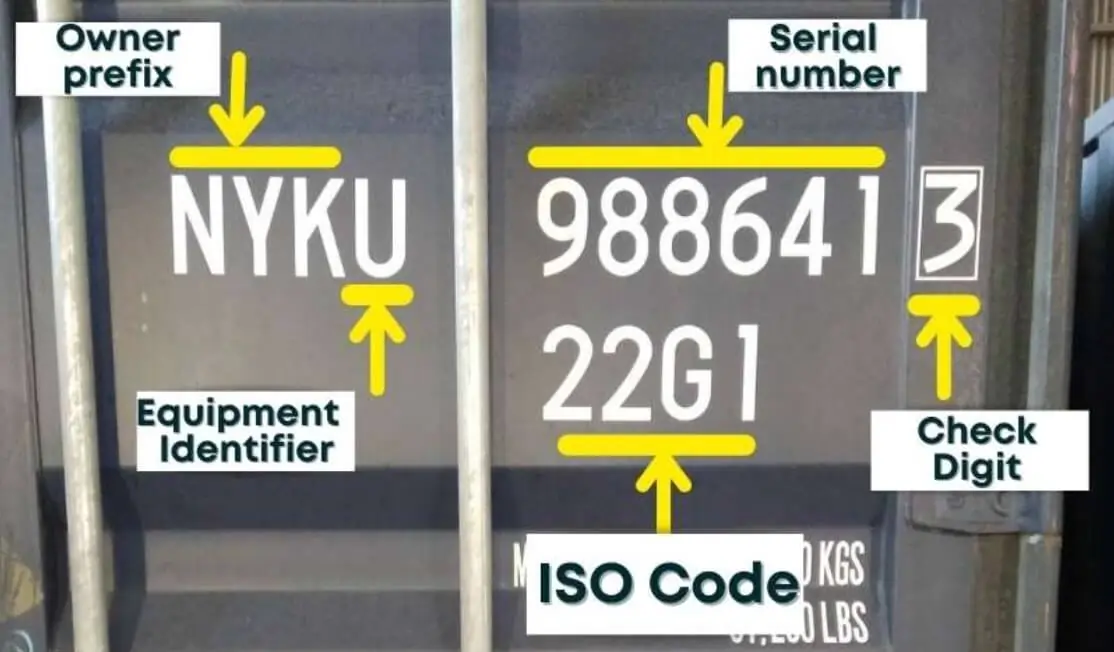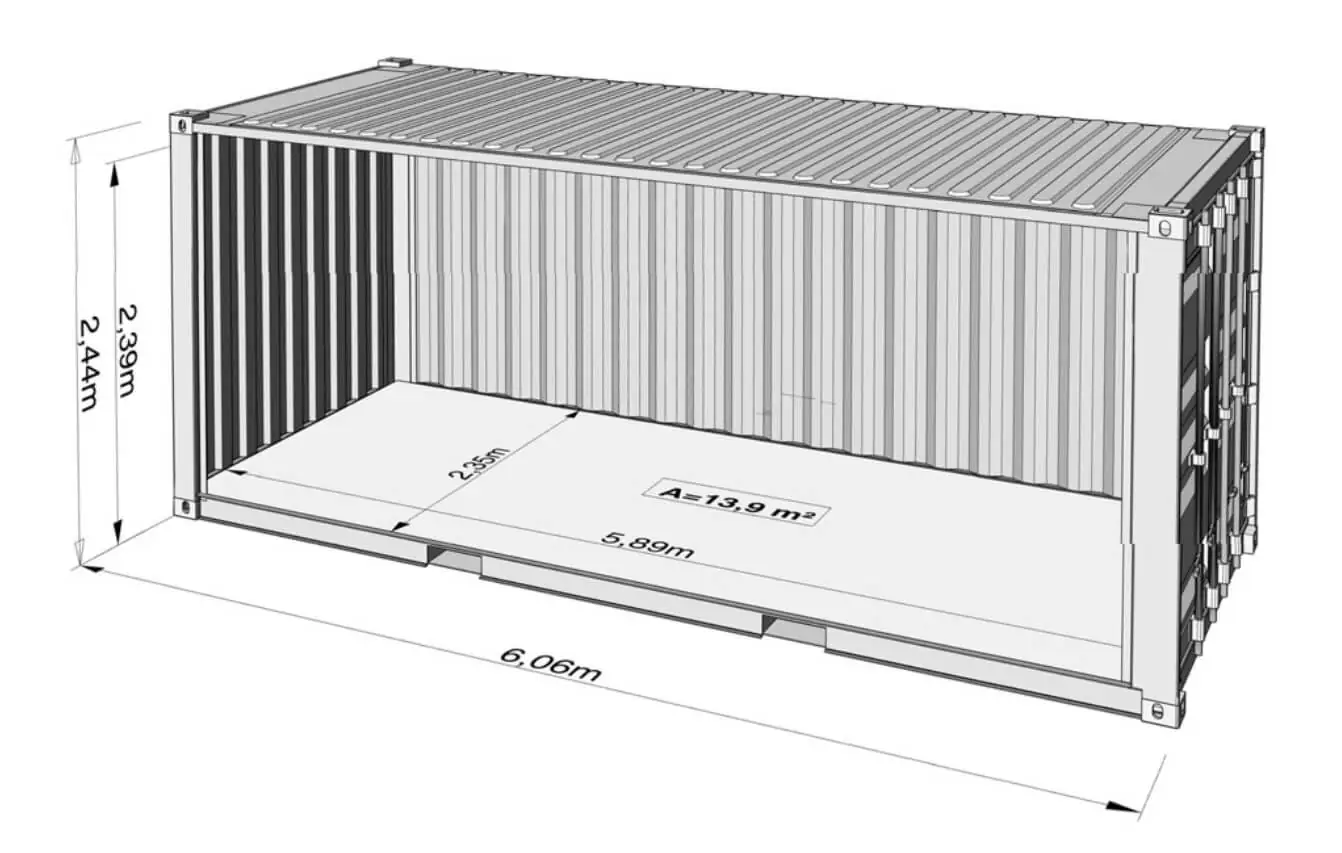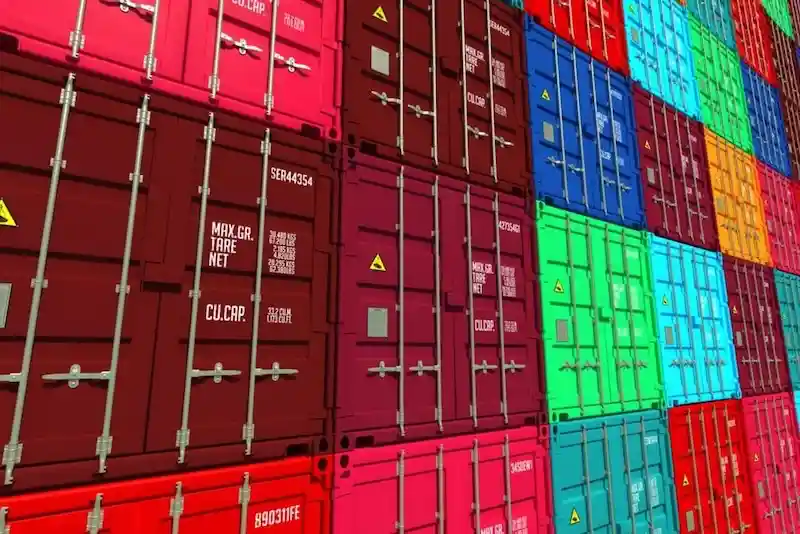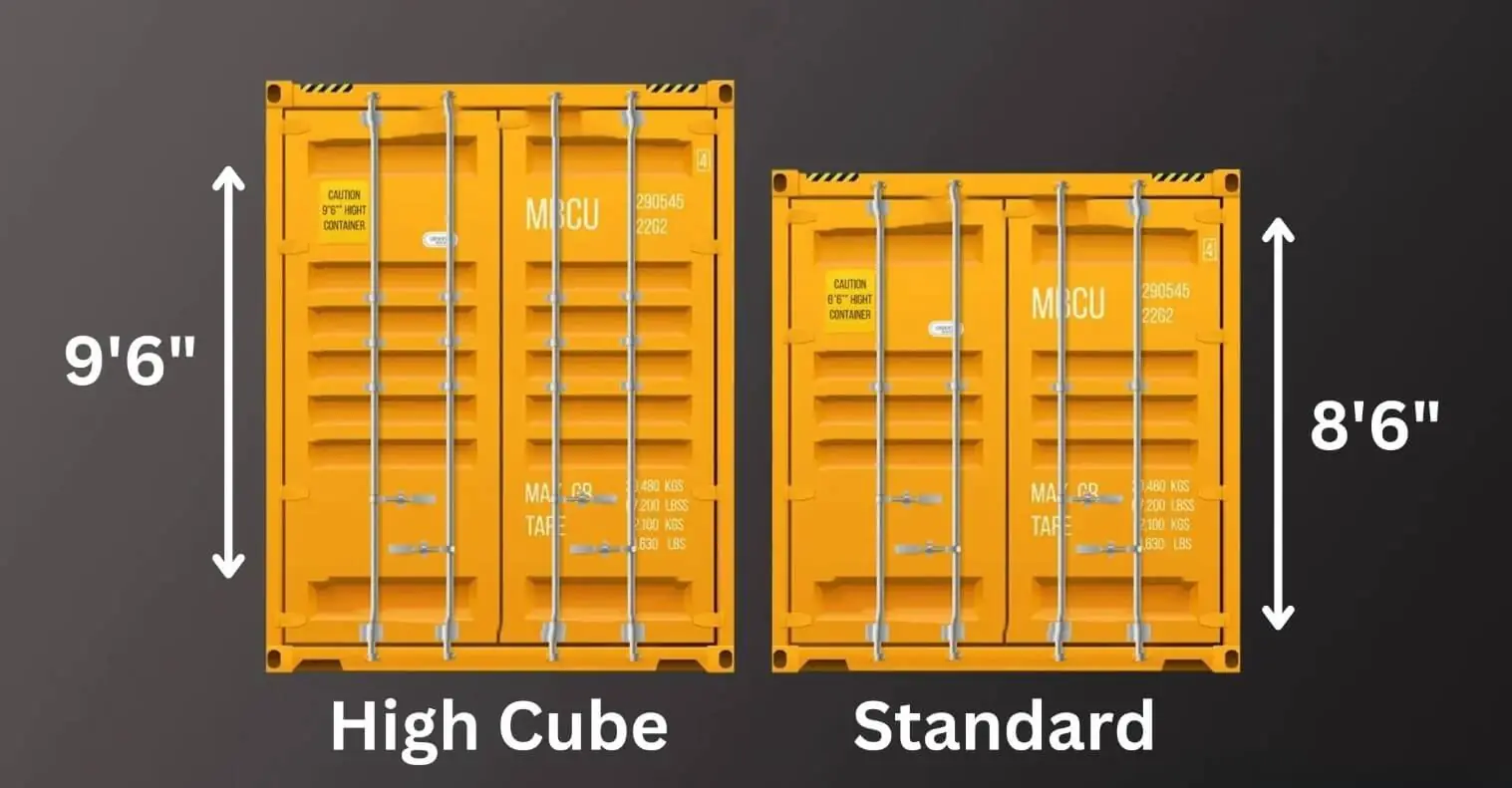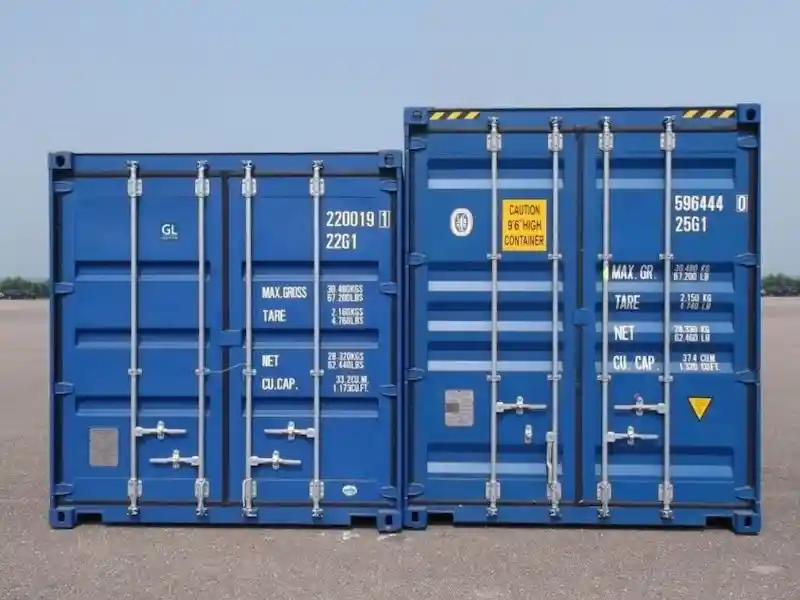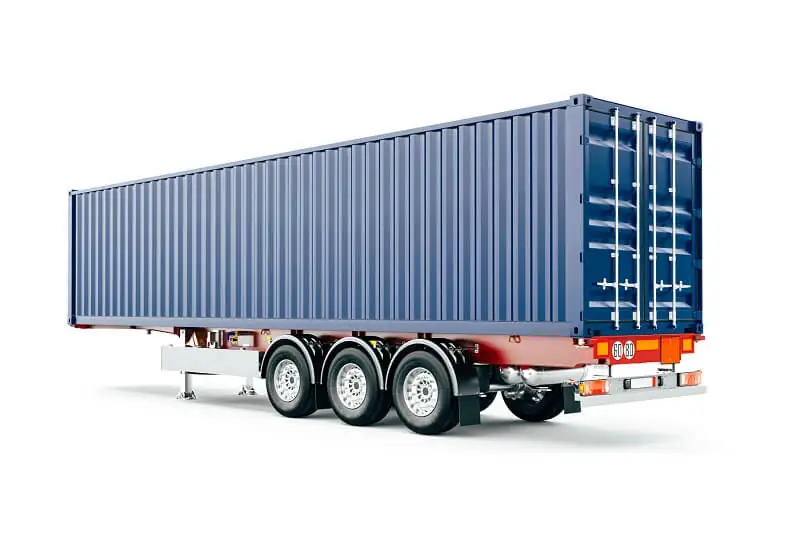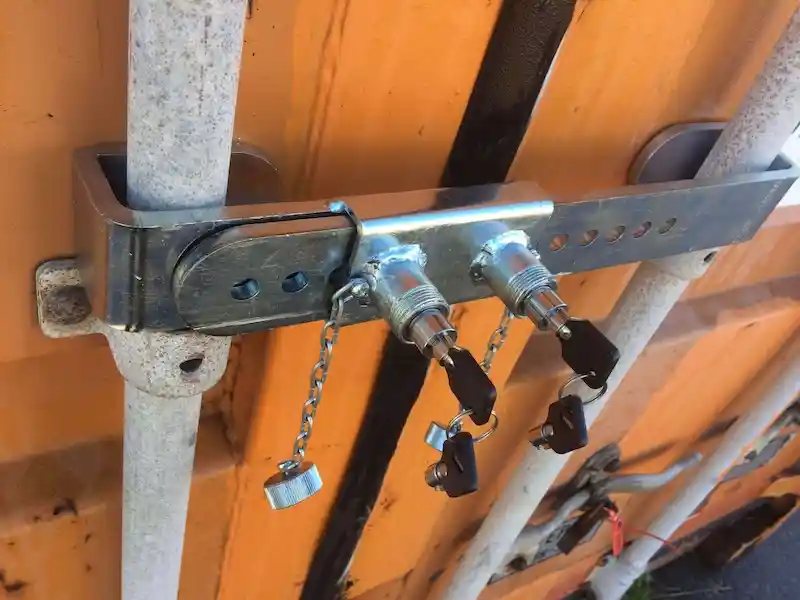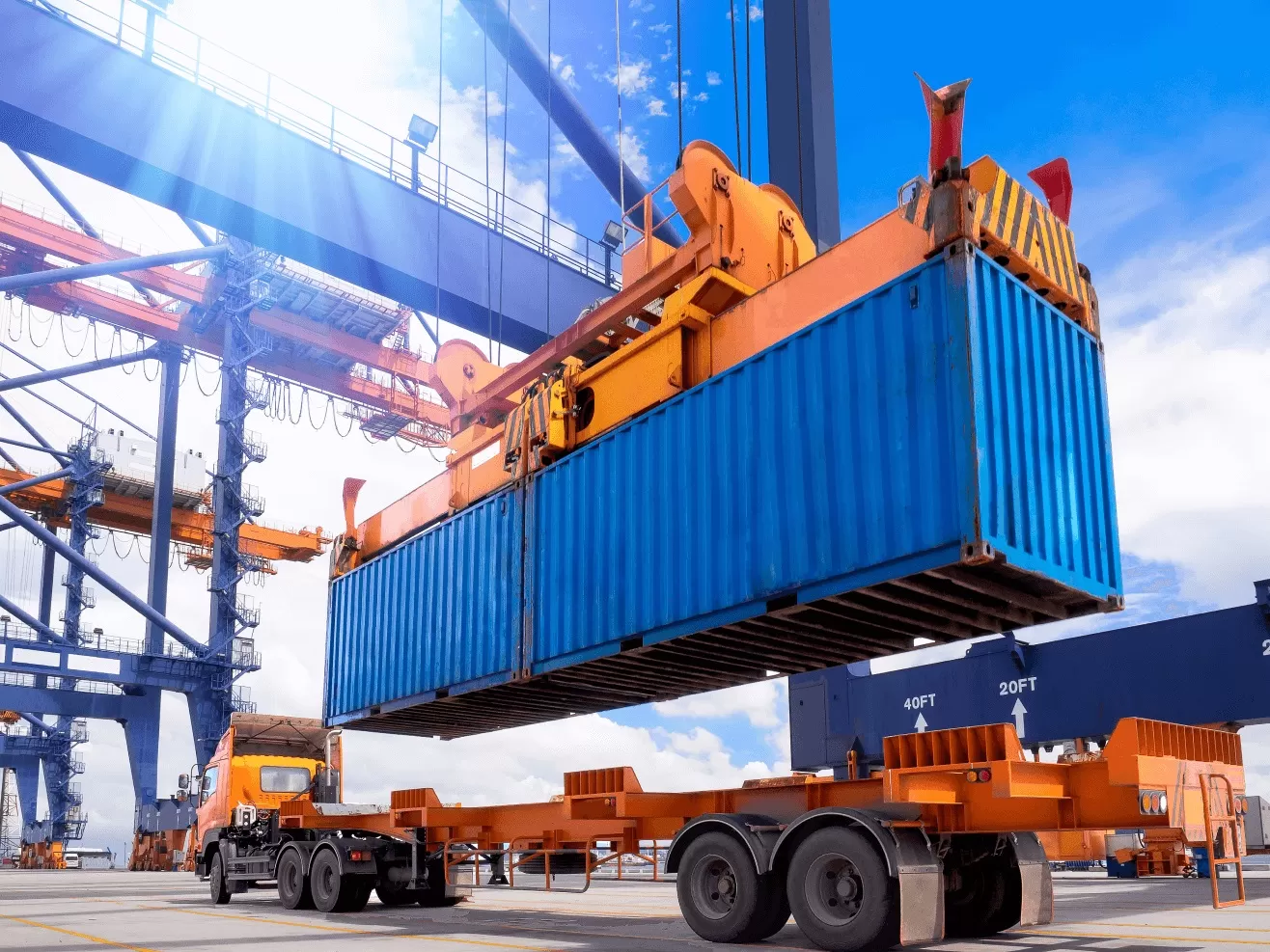Guide to 20ft vs 40ft containers: Size, Cost, and Use Cases

The movement of goods across continents relies on perfectly sized, standardized metal boxes — shipping containers. The 20ft and 40ft containers are the most sought-after types. But why do these particular sizes matter so much? How do they shape the way our world connects and operates? In this guide to 20ft and 40ft containers, you’ll find out everything about their sizes, prices, and use cases.
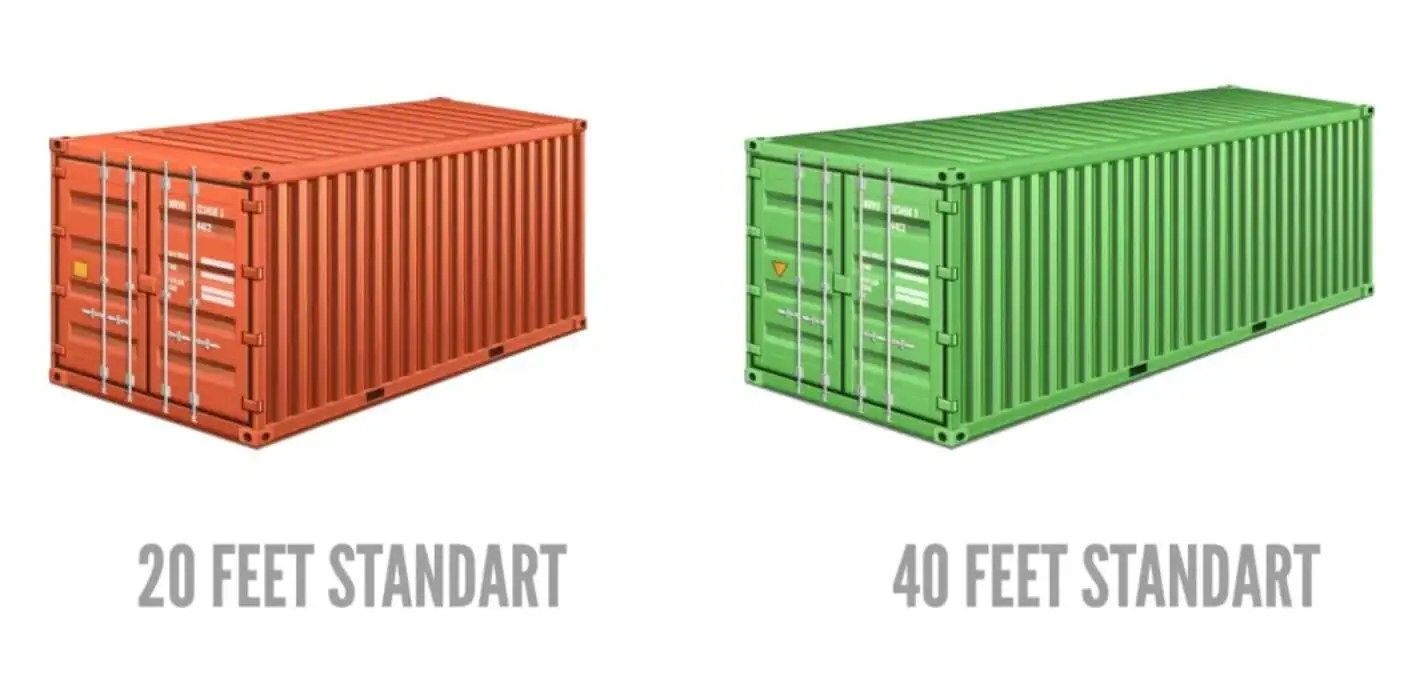
20ft and 40ft Container Dimensions and Weight Capacity
The 20-feet container is commonly used in the shipping industry. Its external dimensions typically measure around 20 feet in length, 8 feet in width, and 8.6 feet in height. Internally, expect slightly less space due to the thickness of the container walls — the dimensions are approximately 19.4 feet in length, 7.8 feet in width, and 7.9 feet in height. This compact container offers a volume capacity of approximately 1,170 cubic feet.
The 20-feet container size has a maximum gross weight capacity of around 30,480 kg (67,200 lbs), with a tare weight (empty weight) of roughly 2,080 kg (4,585 lbs). This leaves a net payload capacity of approximately 28,400 kg (62,610 lbs).
On the other hand, the 40ft container size offers double the length of its 20ft counterpart. The standard shipping container dimensions 40ft are 40 feet in length, 8 feet in width, and 9.6 feet in height. Inside, the dimensions are typically around 39.6 feet in length, 7.9 feet in width, and 7.10 feet in height — this means a volume capacity of about 2,390 cubic feet.
The shipping container dimensions of 40ft allow for a maximum gross weight of around 32,500 kg (71,650 lbs), with a tare weight of approximately 3,500 kg (7,716 lbs). This results in a net payload capacity of about 29,000 kg (63,930 lbs).
Why are the Standard 20ft and 40ft Container Sizes so Popular?
The popularity of 20ft and 40ft containers stems from a mix of history, practicality, and logistics. Historically, these standard sizes introduced uniformity, which simplified stacking and handling.
On the practical side, a 20ft container suits dense, heavy goods, while the 40-feet container dimensions are ideal for bulkier, lighter items. They are perfect for transporting a wide range of cargo, including:
- machinery;
- barrels;
- pallets;
- electronics;
- clothing.
Logistically, these containers fit well with ships, trains, and trucks, and ease the global movement of goods without extra adjustments. Their standard dimensions allow for transitions between different transport modes.

How Much Can You Fit in 20ft and 40ft Containers?
The specs for container sizes and capacities described above lead to a natural question: what exactly fits inside each one? So, for a 20ft container, imagine packing:
- everything from a 3-bedroom home;
- around 50 to 60 refrigerators;
- about 400 flat-screen televisions;
- 10 pallets, each loaded with 60 boxes.
Now, when it comes to the 40 foot container dimensions, picture fitting:
- the contents of a 5-bedroom house;
- between 2 to 4 cars, depending;
- large pieces of agricultural equipment;
- 20 pallets, each stacked with 120 boxes.
Keep in mind, these are rough estimates and not precise measurements.
How Much do 20ft and 40ft Shipping Containers Cost?
Here’s a general idea of the costs for 20ft and 40ft shipping containers in the location Pelican Containers delivers containers to:
- United States. Here, a 20ft container may set you back anywhere from $1,000 to $5,000. If you need the 40ft version, be prepared to invest between $1,500 and $10,000.
- The Philippines. A 20ft container can be yours for around 80,000 PHP, while the spacious 40ft version begins at 110,000 PHP.
- India. A 20ft container is priced at approximately $2,085, and its 40ft counterpart comes in at about $2,350.
- Canada. In the Great White North, prices mirror those of its southern neighbor, the United States, with some regional changes.
- United Arab Emirates. The cost of containers here changes based on market trends and availability, so check out local suppliers for the best deals.
Keep in mind that these prices are approximate and vary by the local conditions, container availability, and the market’s mood.
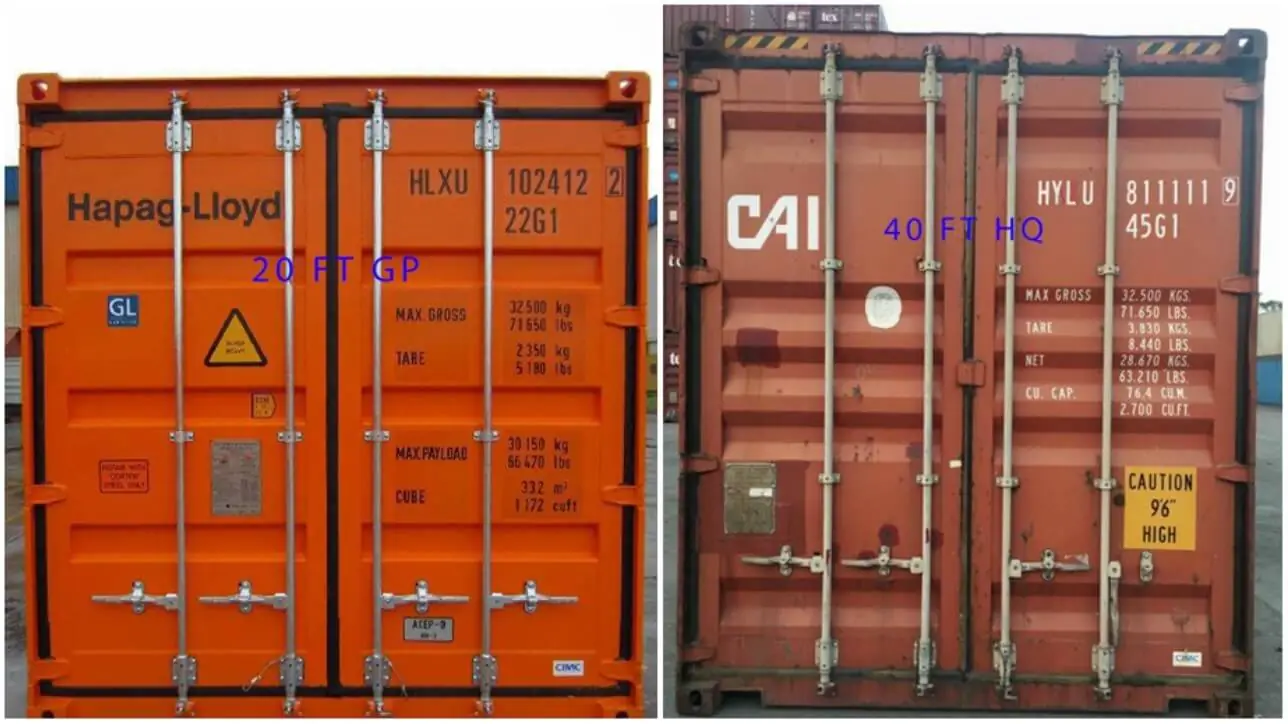
20ft vs 40ft: How to Choose the Right Container for Your Cargo
The choice between 20ft and 40-feet container dimensions primarily relies on two factors: cost and cargo capacity.
- Cost. A 20ft container is generally less expensive than its 40ft counterpart. However, if your shipping needs are extensive, relying on multiple 20ft containers isn’t necessarily economical. Although they are smaller, they aren’t half the price of a 40ft container. The 20 feet container size is more appropriate for smaller loads.
- Cargo capacity. The 40 foot container dimensions allow for transporting more goods for about 30% more in cost than a 20ft container, so it’s a better value for substantial shipments. Keep in mind, though, that bigger containers require more storage space — and, subsequently, more storage costs.
Now you’re all set to choose between 20ft and 40ft container dimensions. However, there are three more things to keep in mind.
3 Things to Keep in Mind When Choosing a 20ft and 40ft Container
Before you purchase shipping containers, pay attention to these three things:
- Cost efficiency. Calculate your budget. A 20ft container is generally more affordable upfront but consider the entire shipment cost. If your shipment is large, opting for multiple 20ft containers will end up being more expensive than a single 40ft container. The 40 foot shipping container dimensions are often better when dealing with substantial cargo loads.
- Cargo volume. Evaluate the size of your shipment. A 20ft container suits smaller loads, but if your cargo exceeds 1,000 cubic feet, the 40 ft container size is likely the better choice. It offers double the space without doubling the price.
- Storage requirements. Consider the logistics of storing your container. Large containers, like the 40-feet container size, require more space and incur higher storage fees. Ensure you have the necessary room and budget to accommodate these requirements.
Keep these points in mind, and they’ll help you make an informed choice.
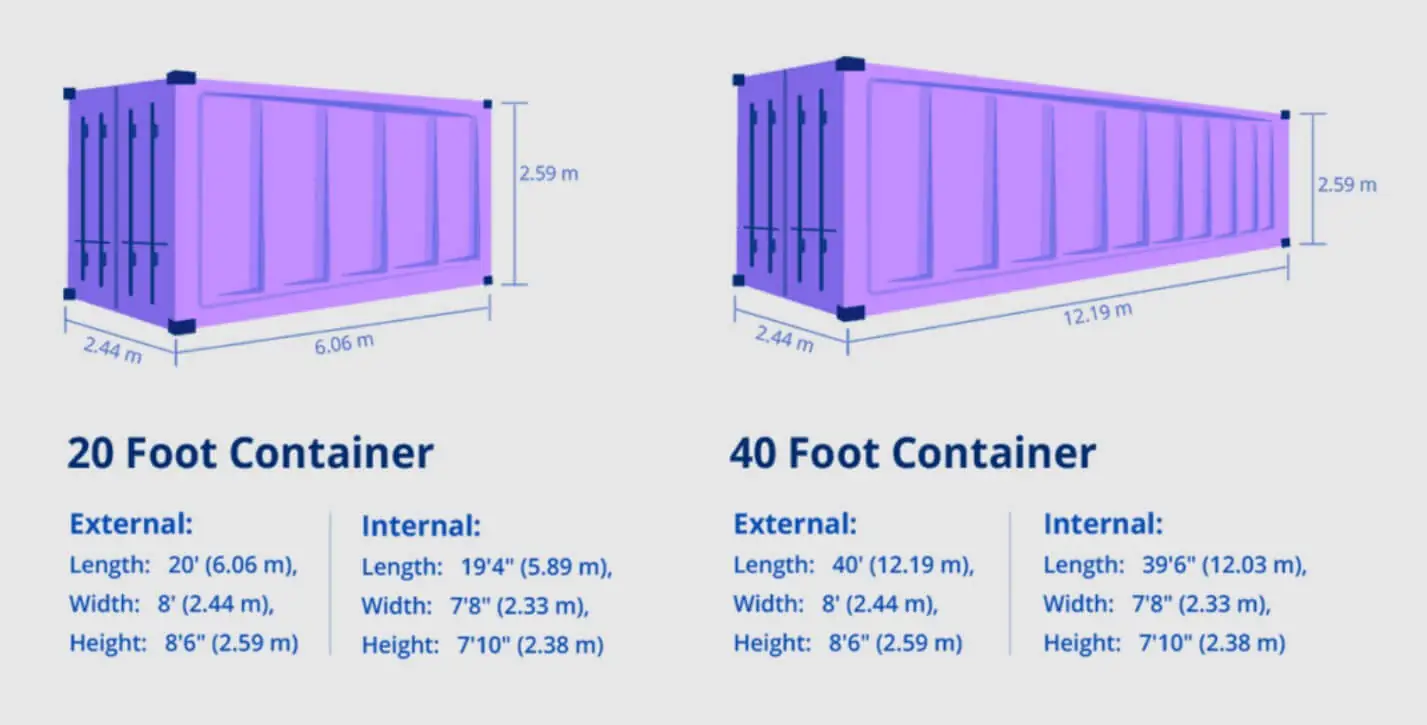
How to Buy Shipping Containers From Trusted Suppliers
So you’re ready to buy a shipping container. But where do you start to ensure you’re purchasing from a reliable source? Just follow these steps:
- Start by searching for potential suppliers on the web. Your goal is to uncover companies with a golden reputation.
- Check out reviews and testimonials. What are past customers saying? Any red flags? Ensure they have the necessary licenses or certifications.
- Reach out to these suppliers to find out their pricing and delivery options. Ask about hidden costs to avoid surprises later on. Compare these numbers and find the most affordable deal.
- If possible, examine containers — check for rust and dents. If an in-person inspection isn’t available, demand detailed photos or videos.
- You’ve found the supplier — now it’s time to discuss price, delivery timelines, and payment options. It’s best to write down these details.
- Once you’ve made your purchase, confirm all delivery details and timelines. Ask about post-purchase support for any hiccups after delivery.
And that’s it — you bought a top-quality product from a trusted supplier. Keep in mind that Pelican Containers offers a wide range of both new and used shipping containers for sale, all sourced from trusted suppliers and thoroughly tested to ensure their accordance with international shipping standards.
How Big is a 40ft Shipping Container?
The dimensions of the 40 foot shipping container are about 40 feet in length, 8 feet in width, and 9.6 feet in height. The 40 foot shipping container dimensions are roughly the size of a standard bus, about one-third the length of a standard tennis court, two standard parking places in length, and the length of an average adult humpback whale.
How Much Does a 40ft Container Cost?
The cost of a 40ft shipping container varies based on condition and location. Generally, a new or “one trip” 40ft container ranges from $1,500 to $10,000 in the USA. Used containers are typically cheaper, ranging from $1,000 to $5,900. Naturally, prices fluctuate depending on availability and market conditions. Contact Pelican Containers to find out the current 40ft container prices.
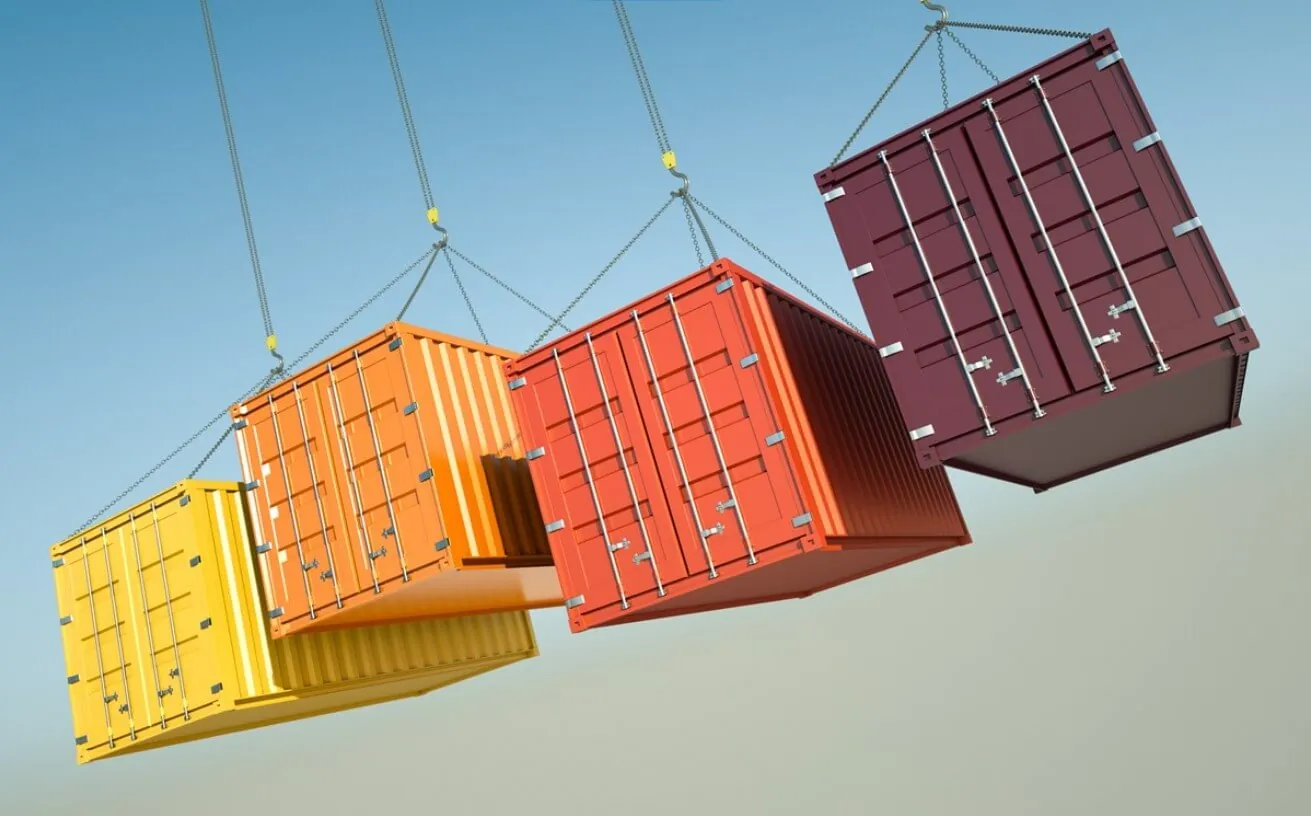
How Much Does a 20ft Container Cost?
A 20-feet container typically costs between $1,000 and $5,000 in the USA. New or “one trip” containers are on the higher end of this range, while used containers are generally more affordable. Again, prices vary based on location and market conditions, like with 40ft containers. If you want to learn the exact price of a 20ft shipping container, contact Pelican Containers’ customer support.
Conclusions
Choosing between the 20ft and 40-feet container size means finding the right fit for your needs. The compact 20ft container is perfect if you’re working with tight spaces or a tight budget, and it’s best for small loads and limited storage. On the other side, the 40-feet container size offers expansive space, ideal for hefty cargo loads, substantial storage needs, or exciting projects like turning it into a living space. Price-wise, 20ft containers are generally more affordable. Just weigh your options, consider your needs, and you’ll make a smart choice that checks all your boxes.
Vanessa is a dedicated writer and content enthusiast at Pelican Containers. With a background in practical writing and a keen eye for clarity, she transforms complex container topics into easy-to-understand and useful content. Her passion lies in exploring the evolving world of container usage — from smart storage hacks to global logistics trends.
When she's not writing, Vanessa loves discovering creative shipping container projects or traveling to find new inspiration.
Explore thoughtful, informative, and accessible content with Vanessa!
Vanessa is a dedicated writer and content enthusiast at Pelican Containers. With a background in practical writing and a keen eye for clarity, she transforms complex container topics into easy-to-understand and useful content. Her passion lies in exploring the evolving world of container usage — from smart storage hacks to global logistics trends.
When she's not writing, Vanessa loves discovering creative shipping container projects or traveling to find new inspiration.
Explore thoughtful, informative, and accessible content with Vanessa!
FAQ
What are the most common uses for 20ft and 40ft containers in different industries?
In logistics, shipping containers are employed for shipping goods worldwide. Retailers use them for storage or pop-up shops, while construction sites repurpose them as mobile offices. The hospitality industry has also embraced them for cafes and quirky accommodations.
Can I modify a 20ft or 40ft container for specialized uses, such as refrigeration or housing?
Absolutely! Shipping containers are highly adaptable and can be modified for numerous specialized purposes. For example, you can turn these containers into refrigerated units for fresh goods or transform them into creative cozy homes. Their sturdy structure makes them perfect for all sorts of exciting projects.
How do transportation costs differ between 20ft and 40ft containers?
It depends on size and weight. Generally, a 40ft container costs more to transport due to its larger size, potentially requiring more fuel and space on transport vehicles. However, if you have a large volume of goods, the 40ft container dimensions are more cost-effective per unit of cargo.
Are there specific regulations or restrictions for using 20ft and 40ft containers in international shipping?
Yes, indeed! Containers must meet international standards and safety checks. For example, they need to comply with ISO standards for size and strength and pass the Convention for Safe Containers (CSC) safety checks. When it comes to customs, proper documentation like the bill of lading and packing list ensures safe sailing through shipping lanes. Make sure all these requirements are in check to avoid any troubles.
